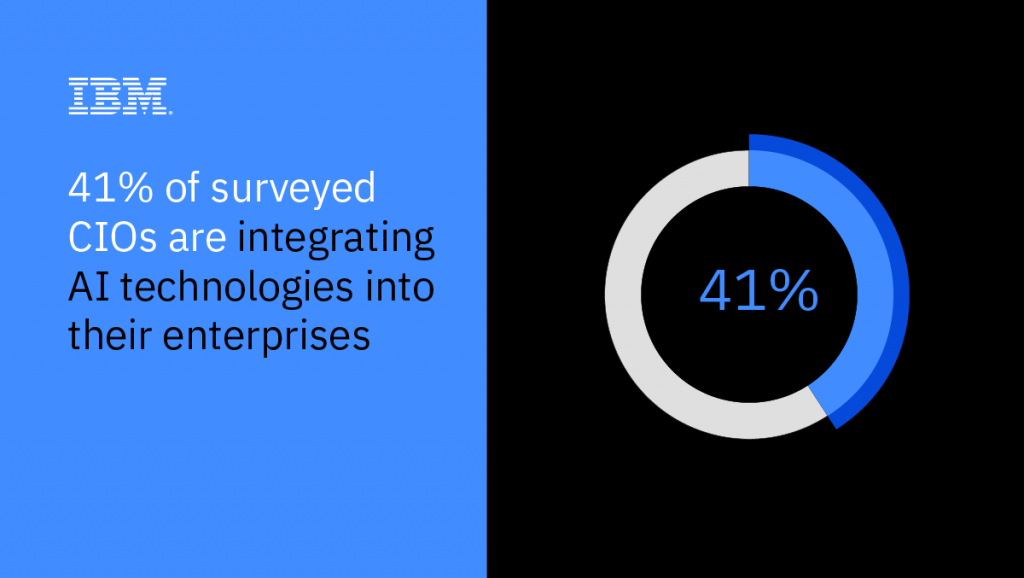The role of the chief information officer (CIO) is getting harder.
CIOs must anticipate and build for the future while responding to the pressures of the current business environment. With increasing numbers of organizations putting IT at the center of their strategies, CIOs are playing key roles in everything from driving culture change to creating better customer experiences to helping create new products and services. They are being tasked to do more than ever for their organizations and are expected to be a fulcrum for reinvention — for both business and technology. These pressures of perpetual transformation are driving the ongoing evolution of the role.
How are they changing and coping? The IBM Institute for Business Value interviewed more than 2,100 CIOs around the world to find out.
CIOs told us they feel a greater sense of urgency to transform their enterprises in response to industry disruption than the rest of the C-suite. This may reflect the rapid evolution of their responsibilities. We also found that the most successful CIOs are doing things differently to respond to their intensifying and changing roles. Here’s what CIOs can learn from this group of leaders:
Build a solid foundation of cooperation and insight
A successful start to the digital journey begins with a shared enterprise-wide vision and a supportive, collaborative executive team. Leading CIOs have a strong foundation upon which to build their digital efforts. The majority report that their leadership teams are collaborative, communicative and insightful about their industry. To build on this foundation, CIOs should promote transparency and continual dialogue around new digital strategies, business models and platforms.
Leverage the capabilities of new technologies
CIOs need to adopt a systematic approach to integrating emerging technologies into their organizations. We found that they already are adept at integrating more mature technologies such as mobile, cloud and the Internet of Things (IoT) into their enterprises. In both new and maturing technologies, a good number of CIOs are still in the “experimenting” stage. Experimentation is a critical proficiency for CIOs, and with all the emerging technologies available, it is more important than ever. The experimentation includes efforts including artificial intelligence (AI), machine learning and cognitive solutions — not only to help their businesses innovate, but also to optimize and improve their own IT function.

Invest in talent
Finding the right talent has been a perennial issue for CIOs. They face intense competition for people with critical skills in emerging technologies, including AI, security, blockchain, and data science. Organizations are pursuing a broad array of approaches to resolve their talent issues. Some are acquiring companies primarily to bring in their talented employees. Others are using more traditional means, such as internal retraining and education programs. We found that more of the leading CIOs report they are quite effective at fostering emerging technology talent, but roughly half still say they need to improve.
Implement agile practices
Organizations cannot leverage their technology and talent effectively to meet their strategic goals without an agile culture. Much has been said about agile techniques over the past decade as they have spread from software development into activities that span the broader enterprise. We found that organizations have made a good start, but not all CIOs are embracing agile practices in their own departments on a great enough scale. With the ultimate goal of establishing a sustainable agile culture, they can first focus on formally training their own organization and then moving beyond IT to enable the rest of their C-suite.

Read our full report, “More than meets the ‘I,'” to learn more about our findings and recommendations for CIOs.
This blog is part of a monthly series that highlights emerging trends from our 19th Global C-suite Study. The study features interviews with more than 12,800 CxOs.
Meet the author





